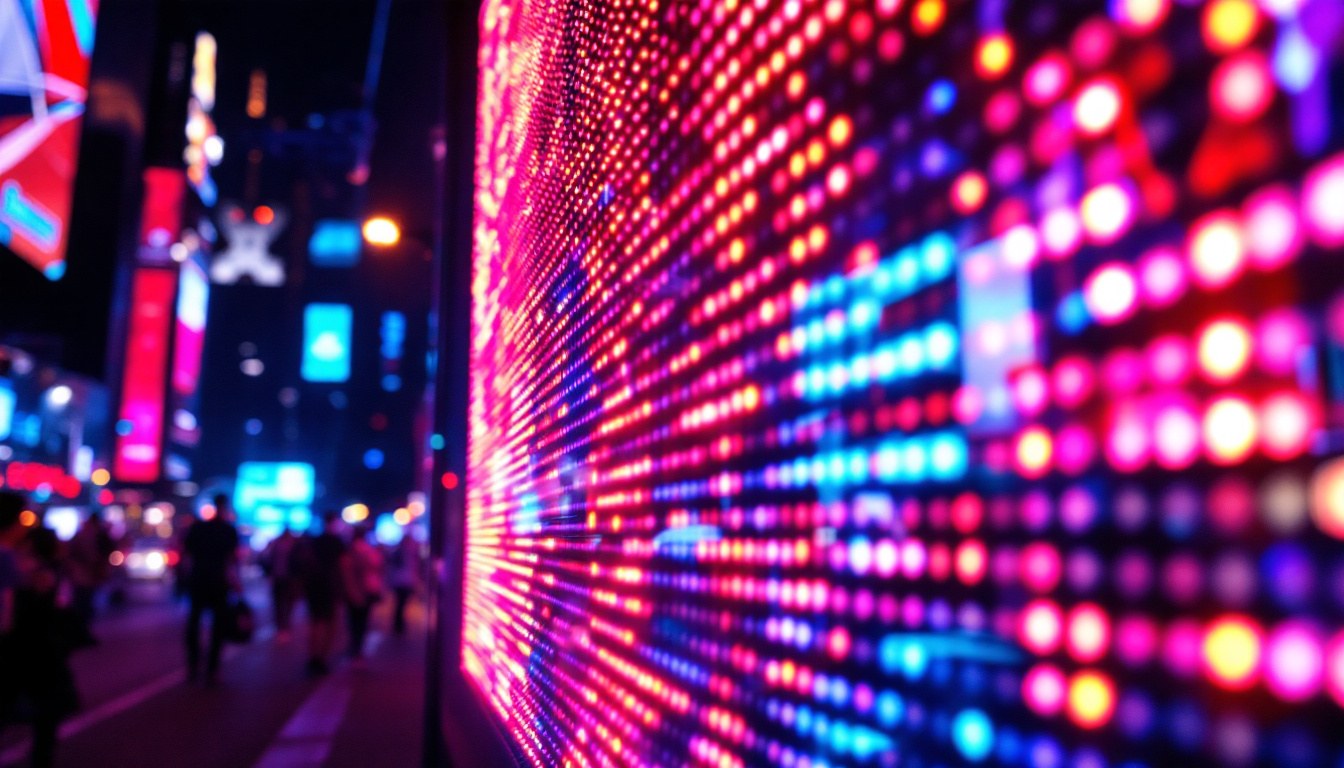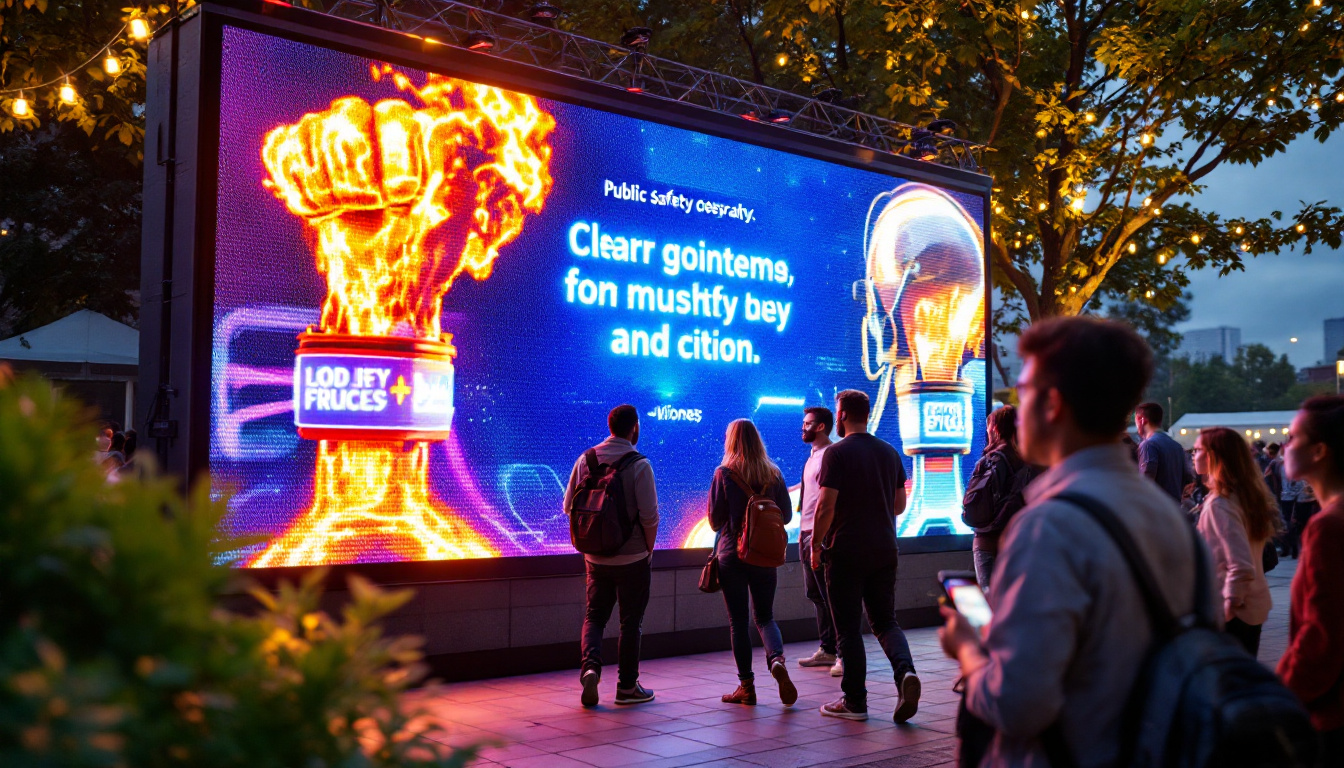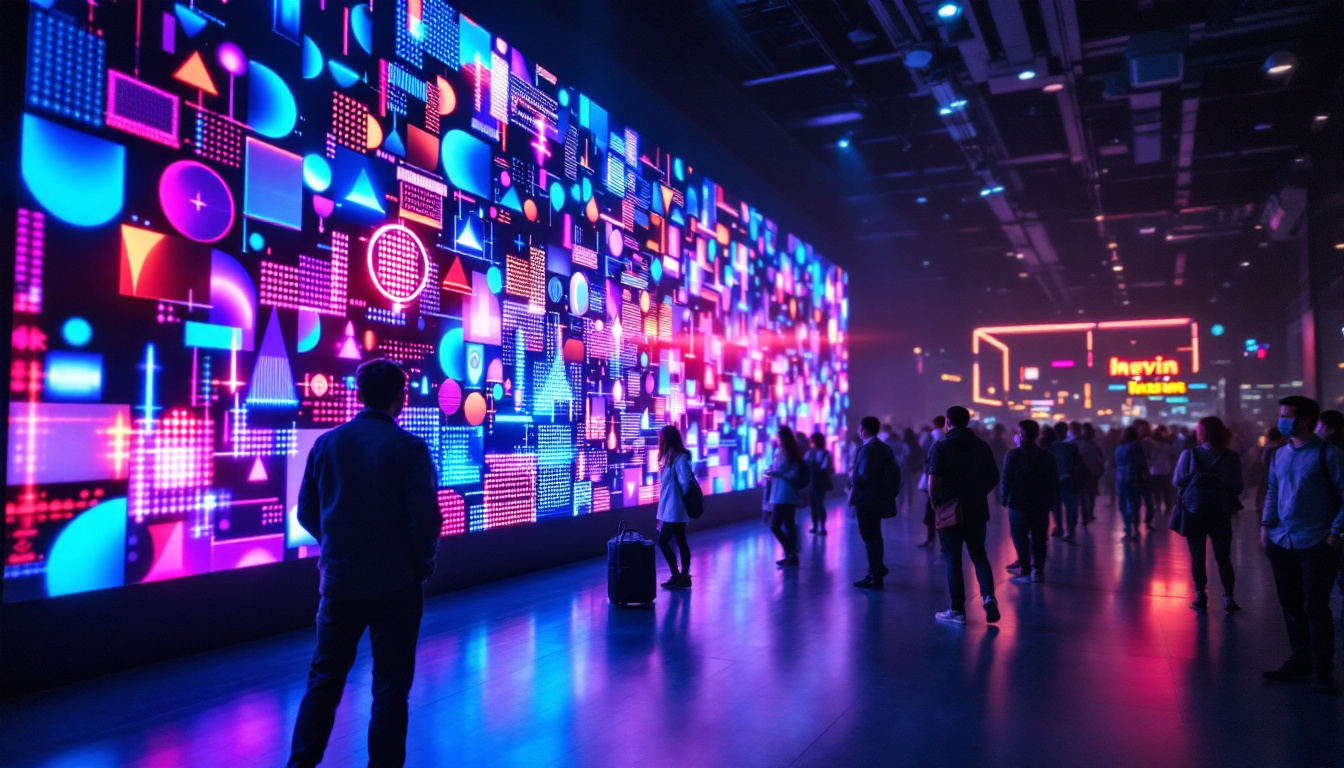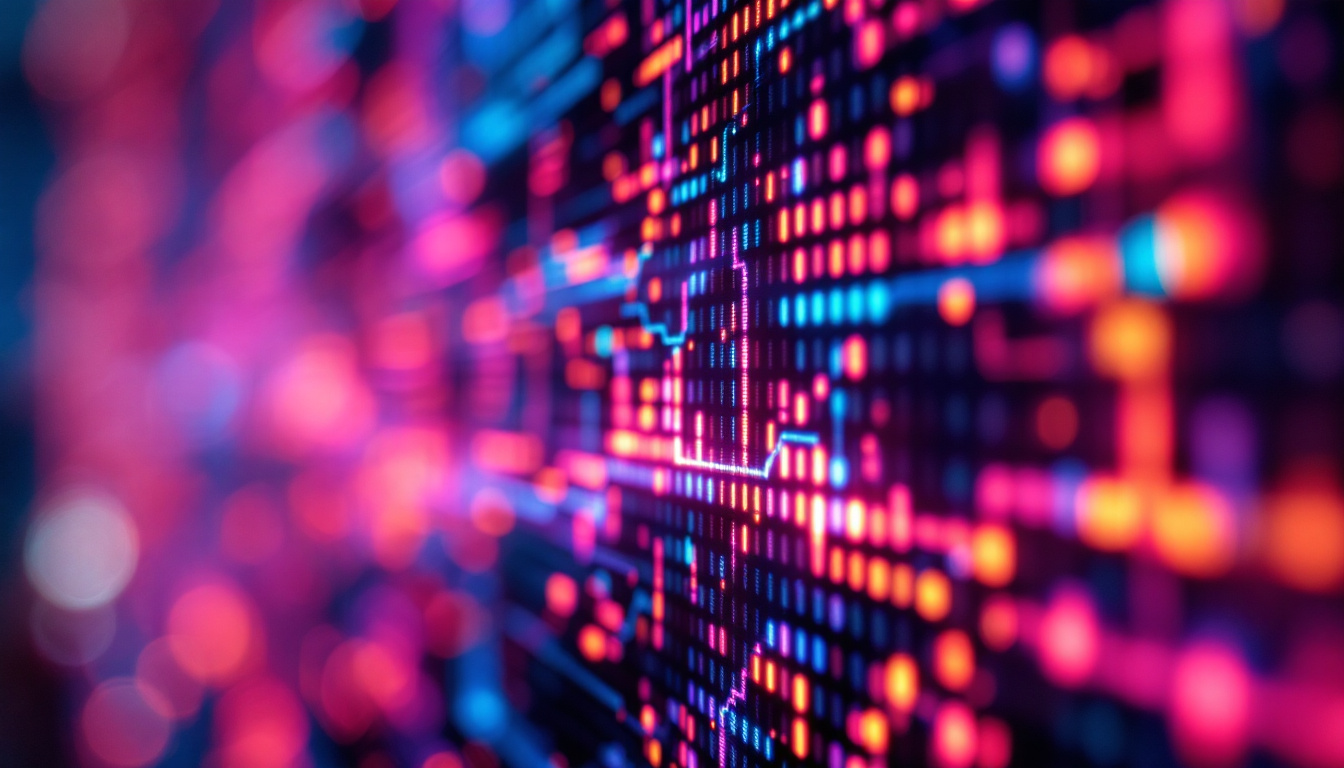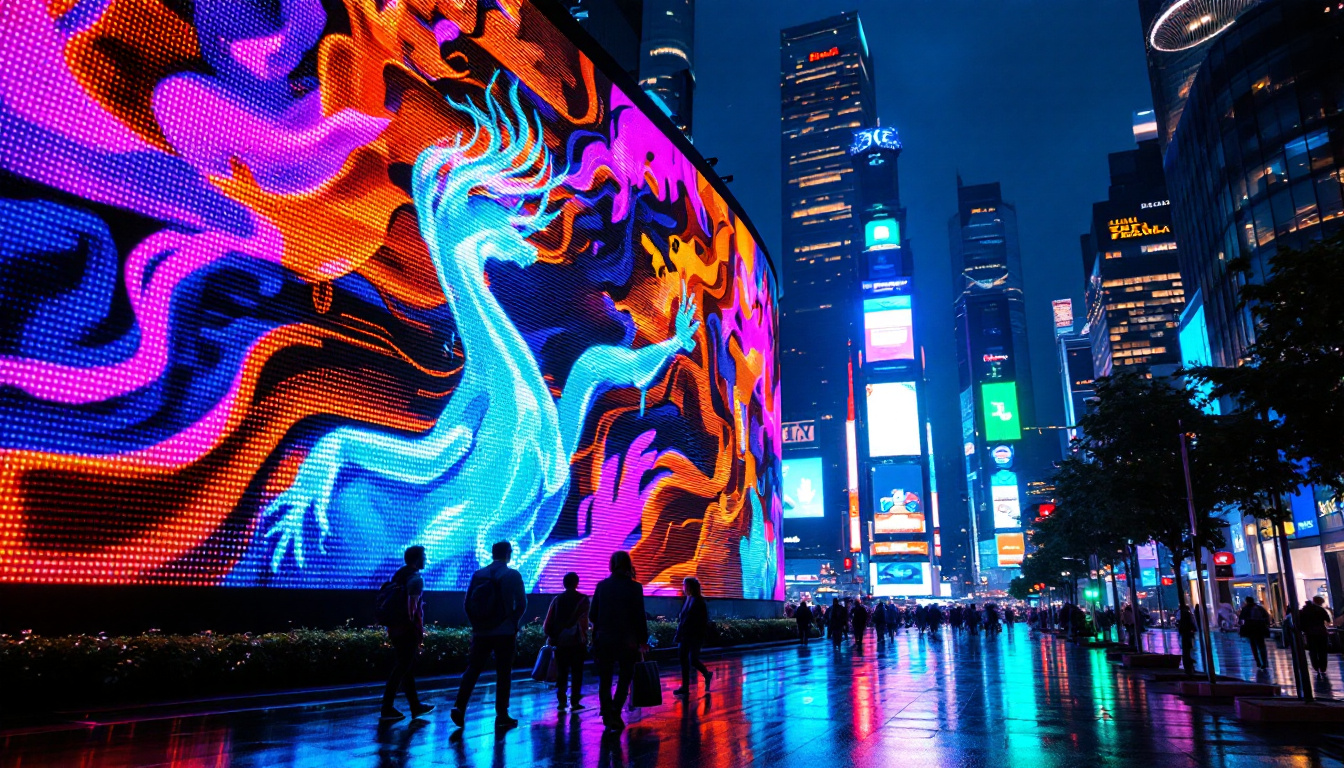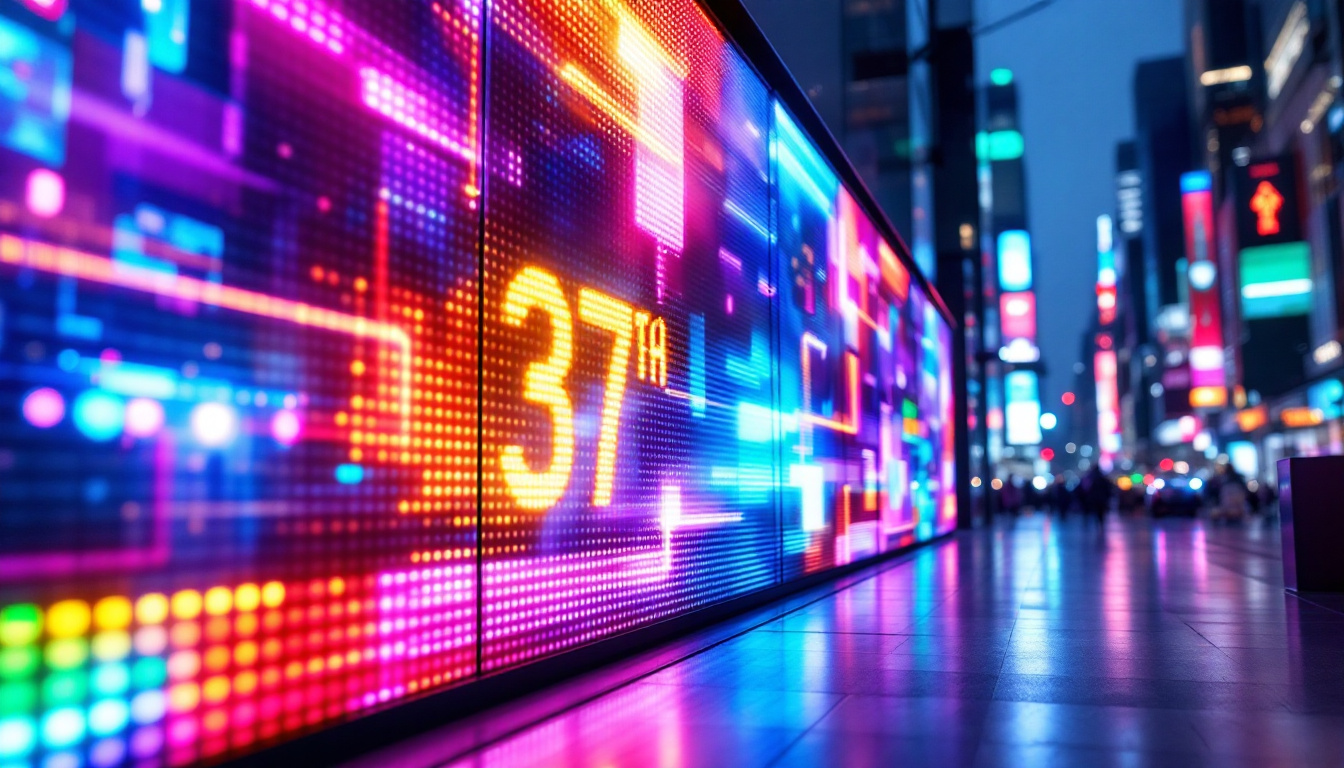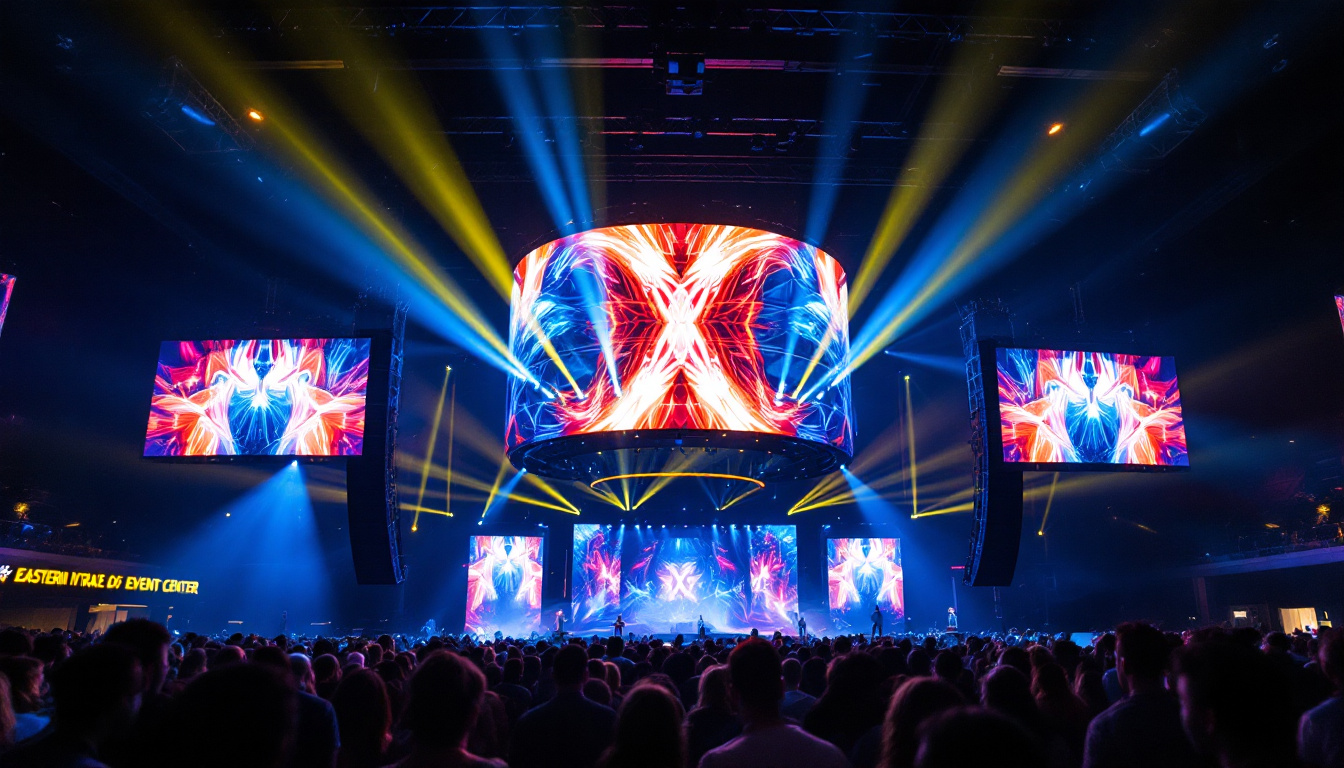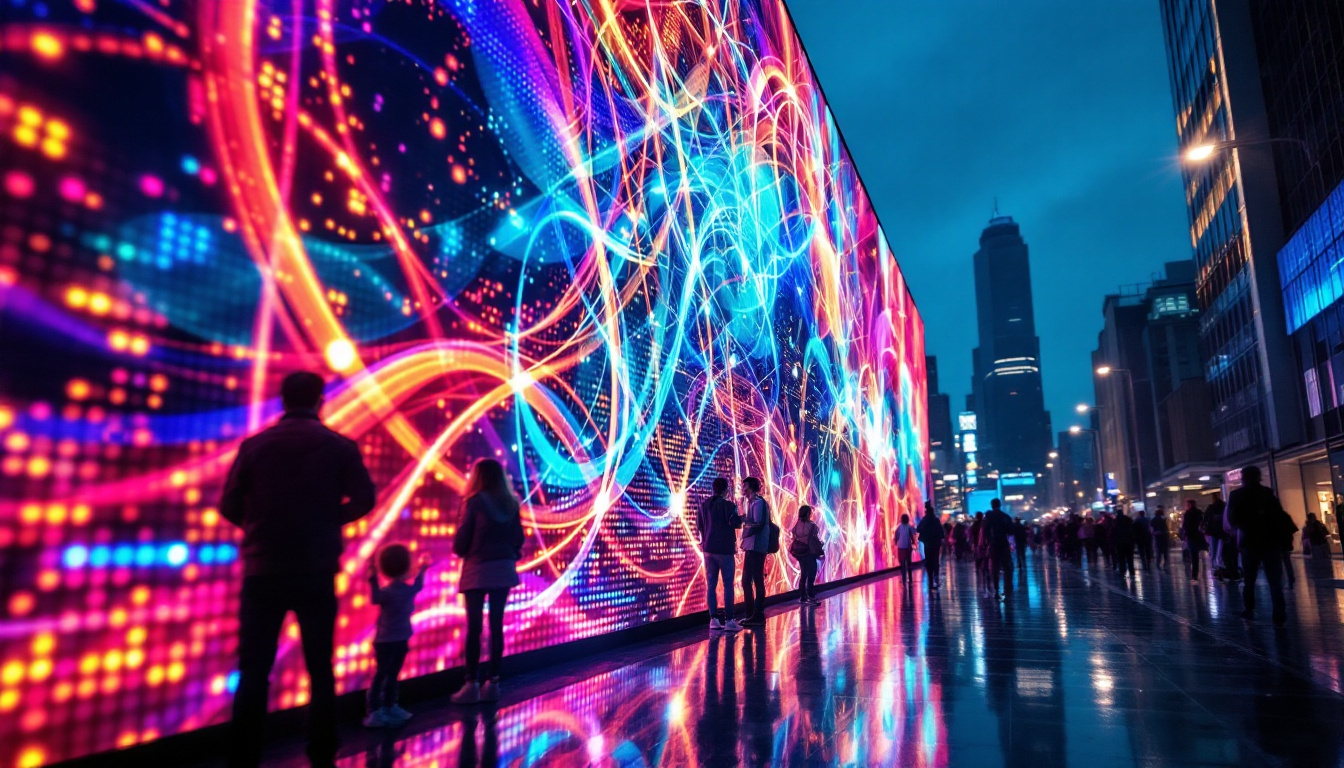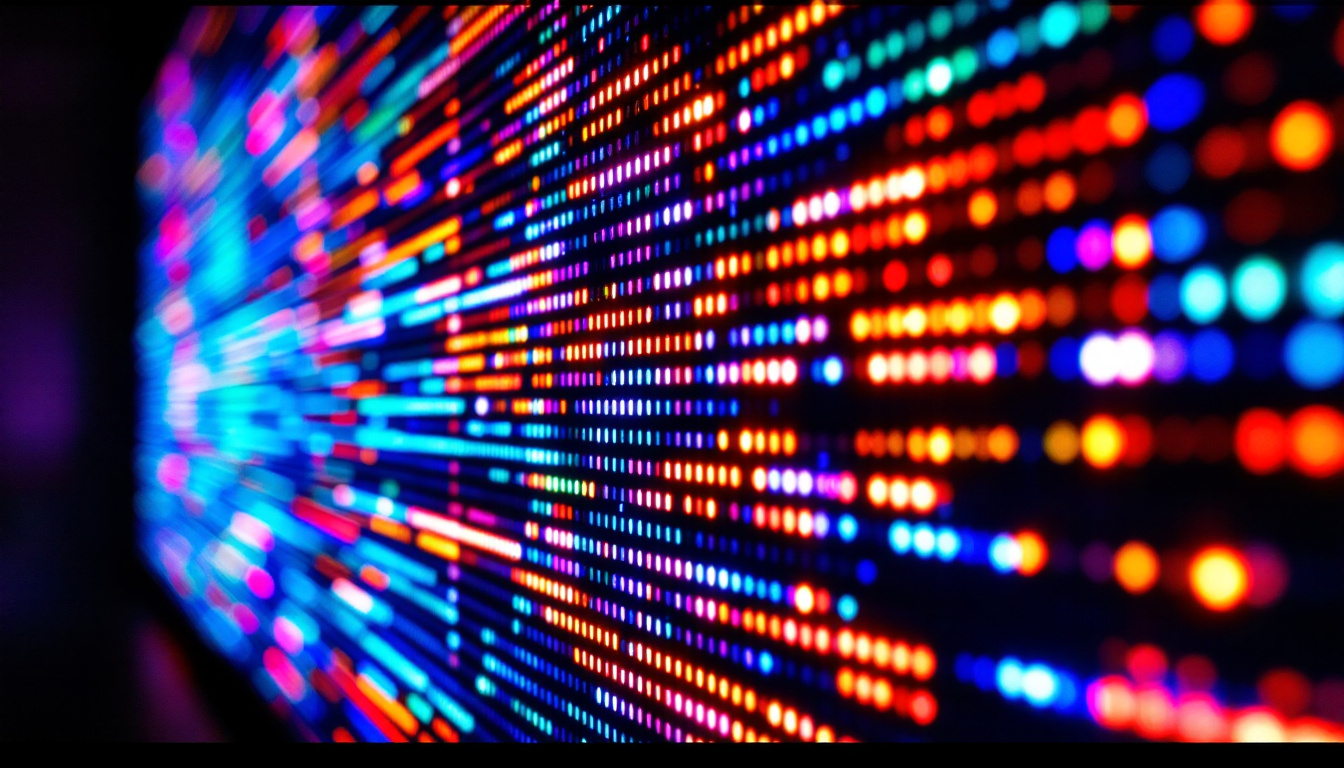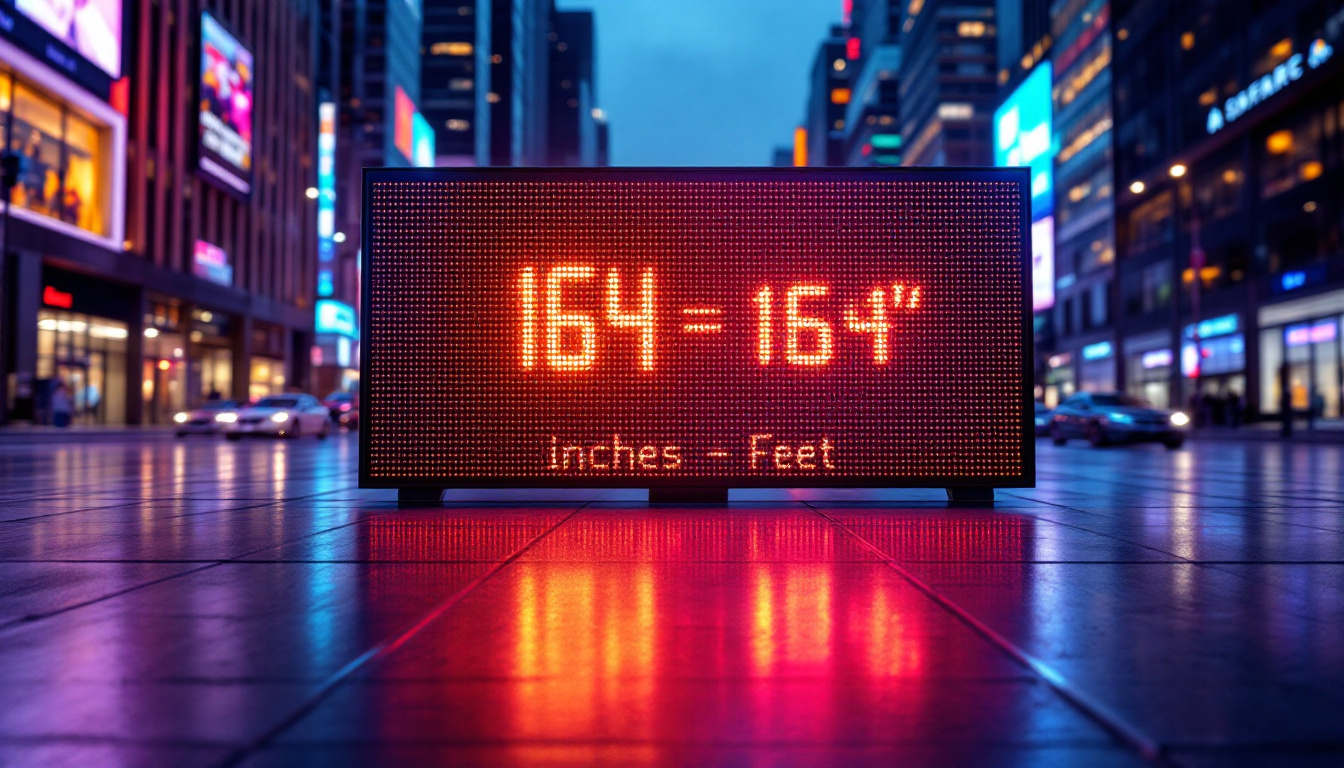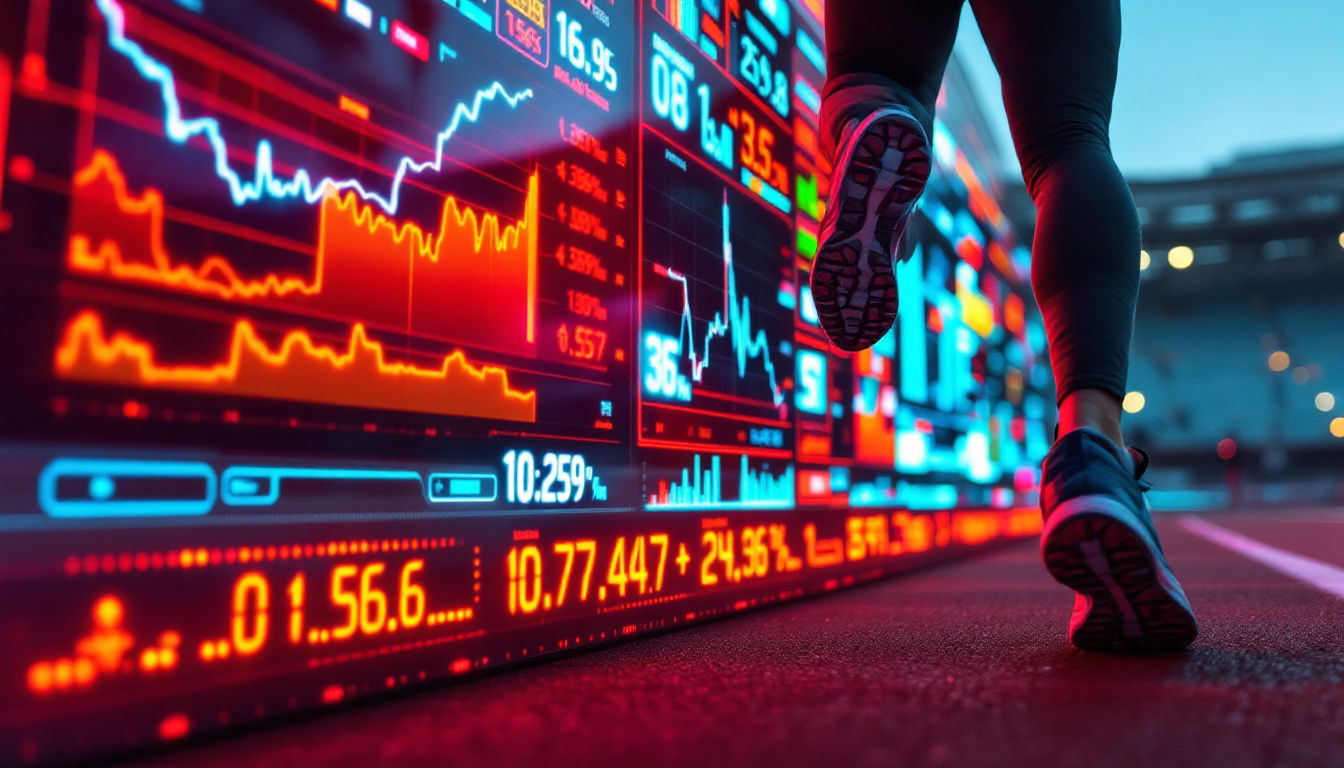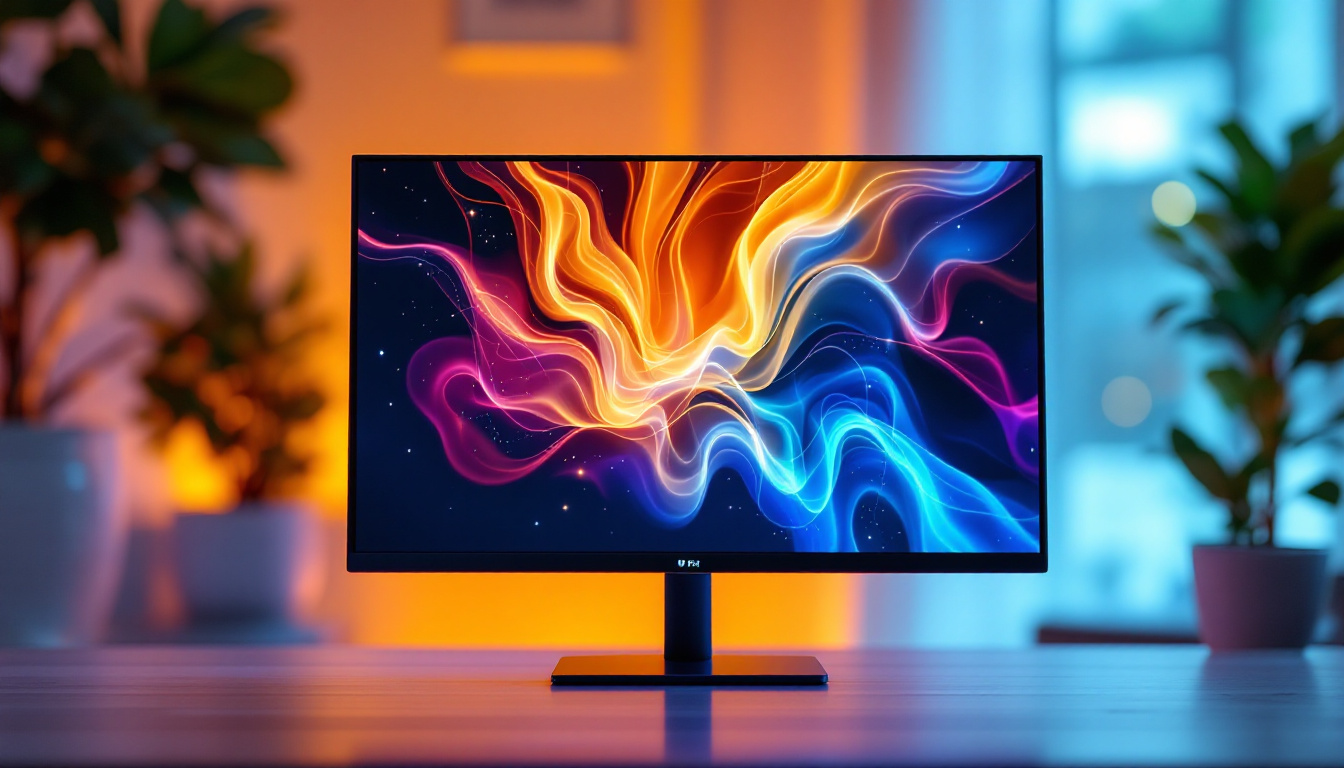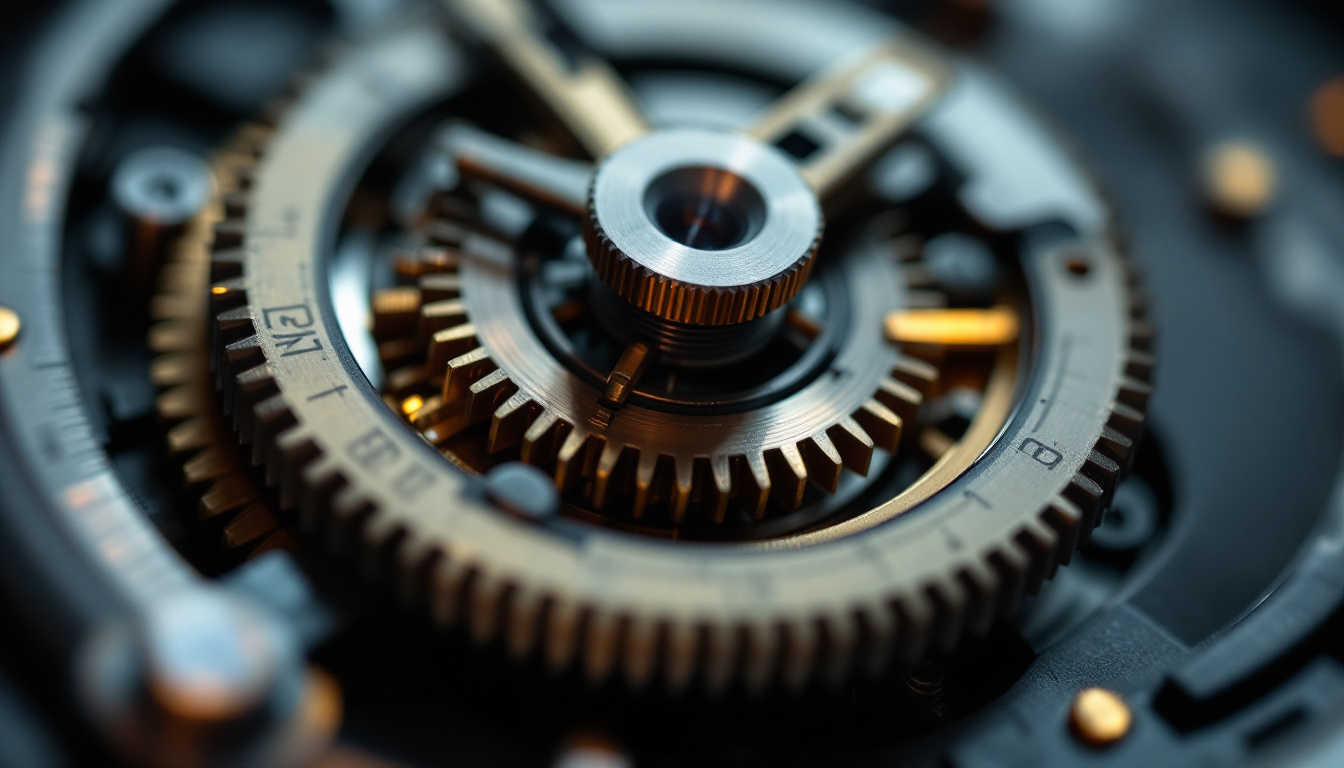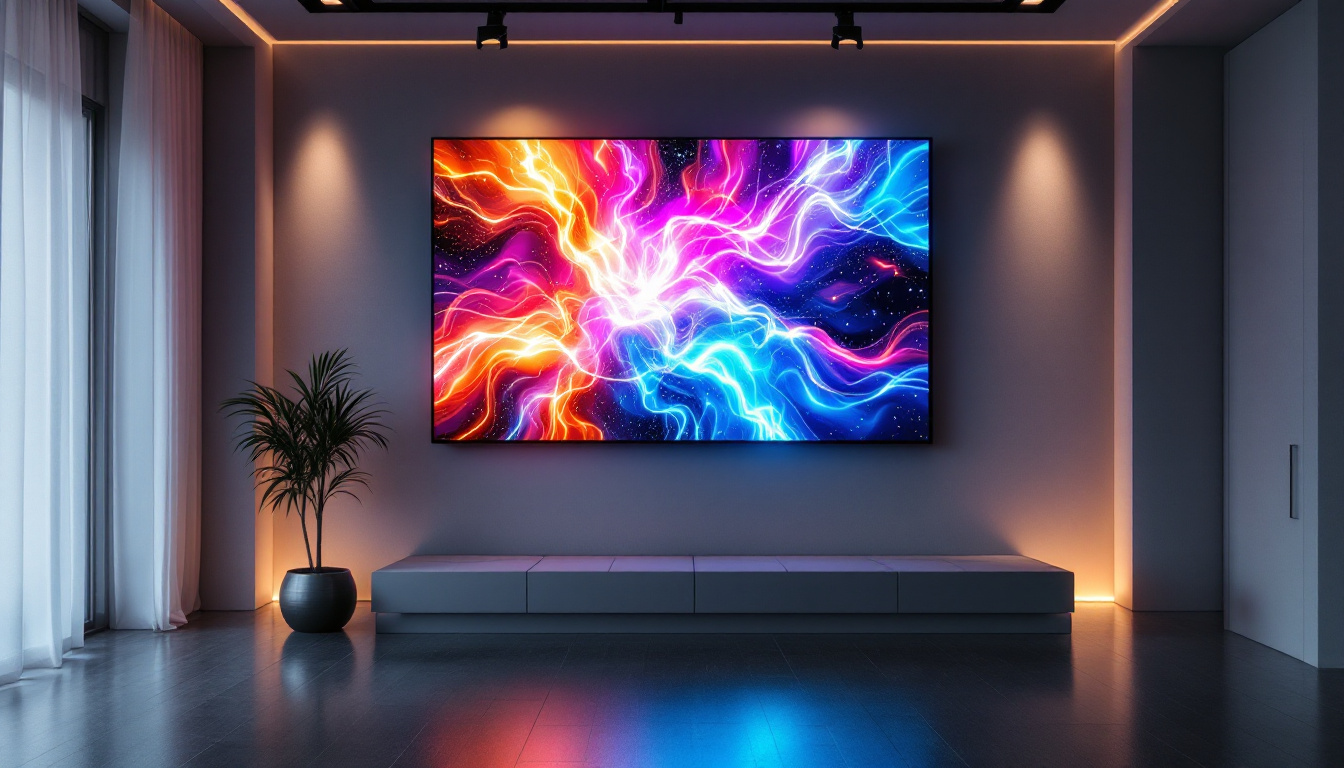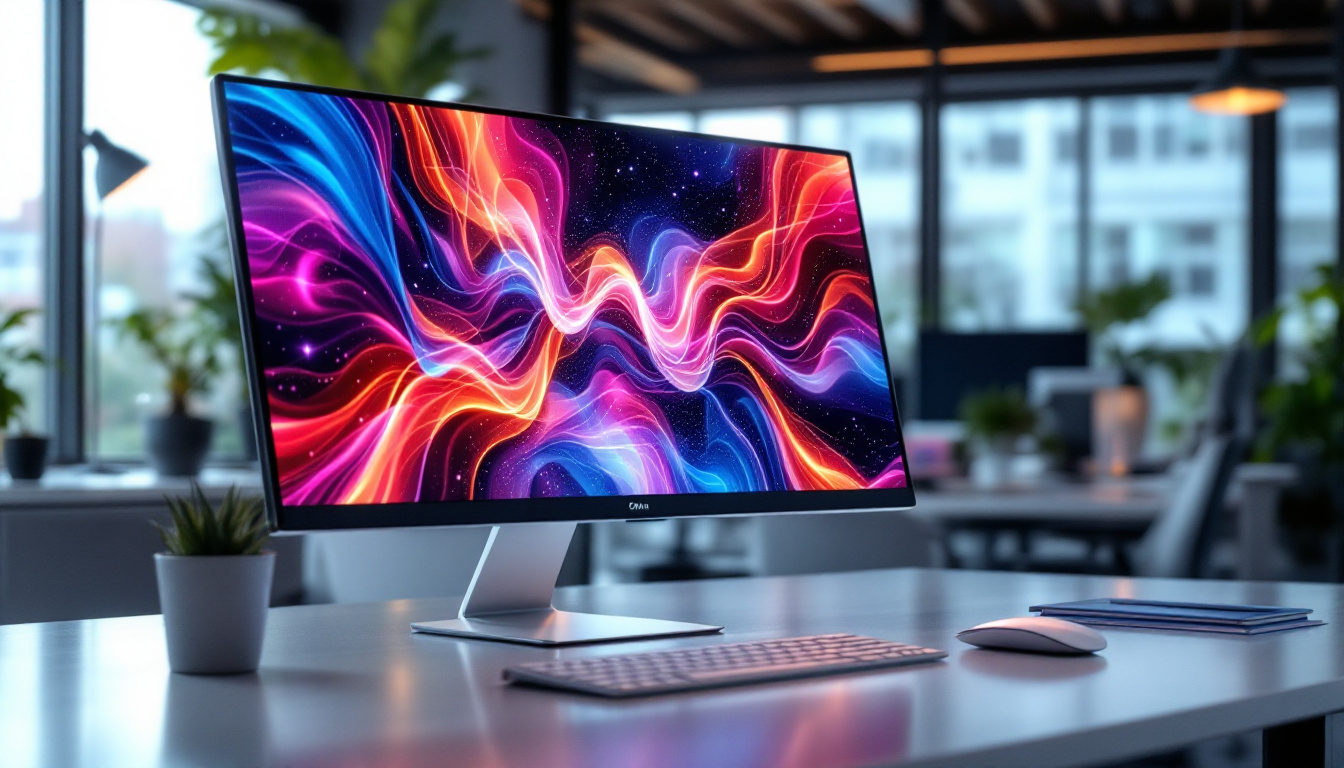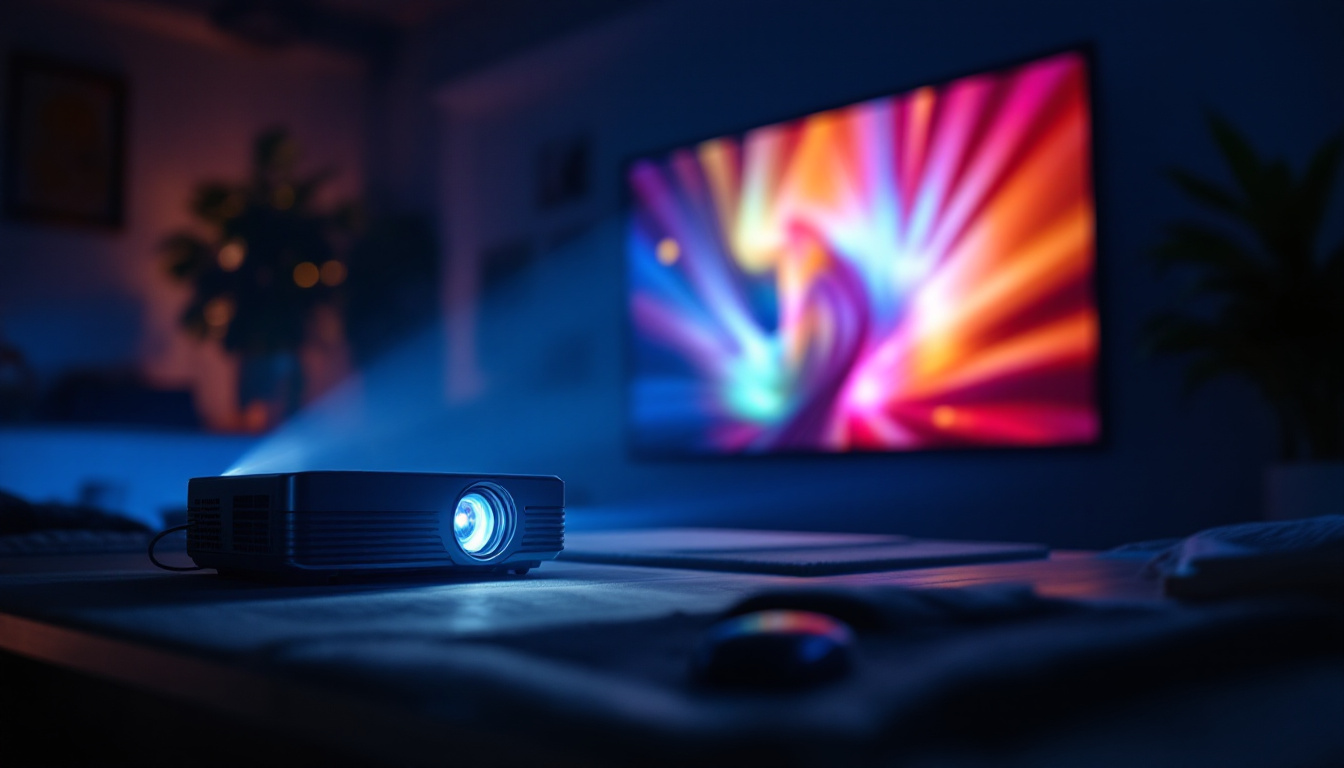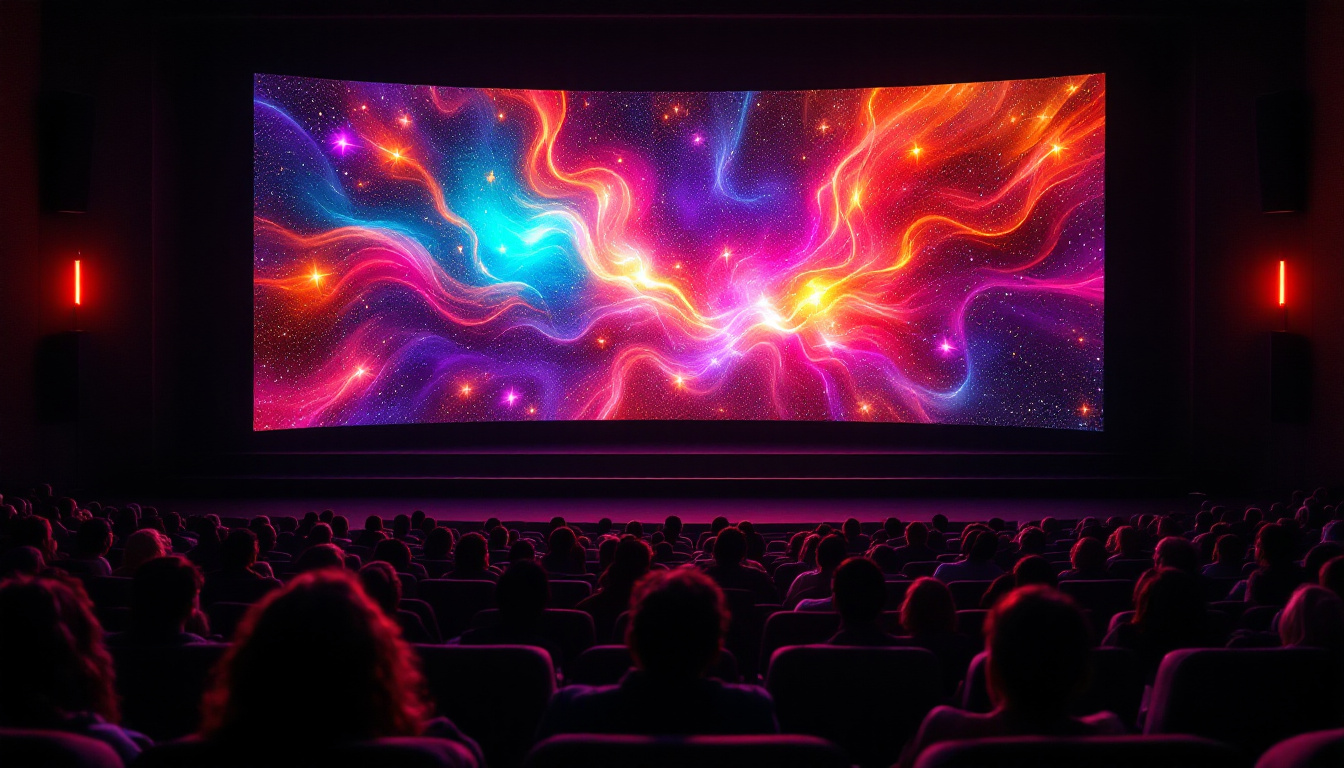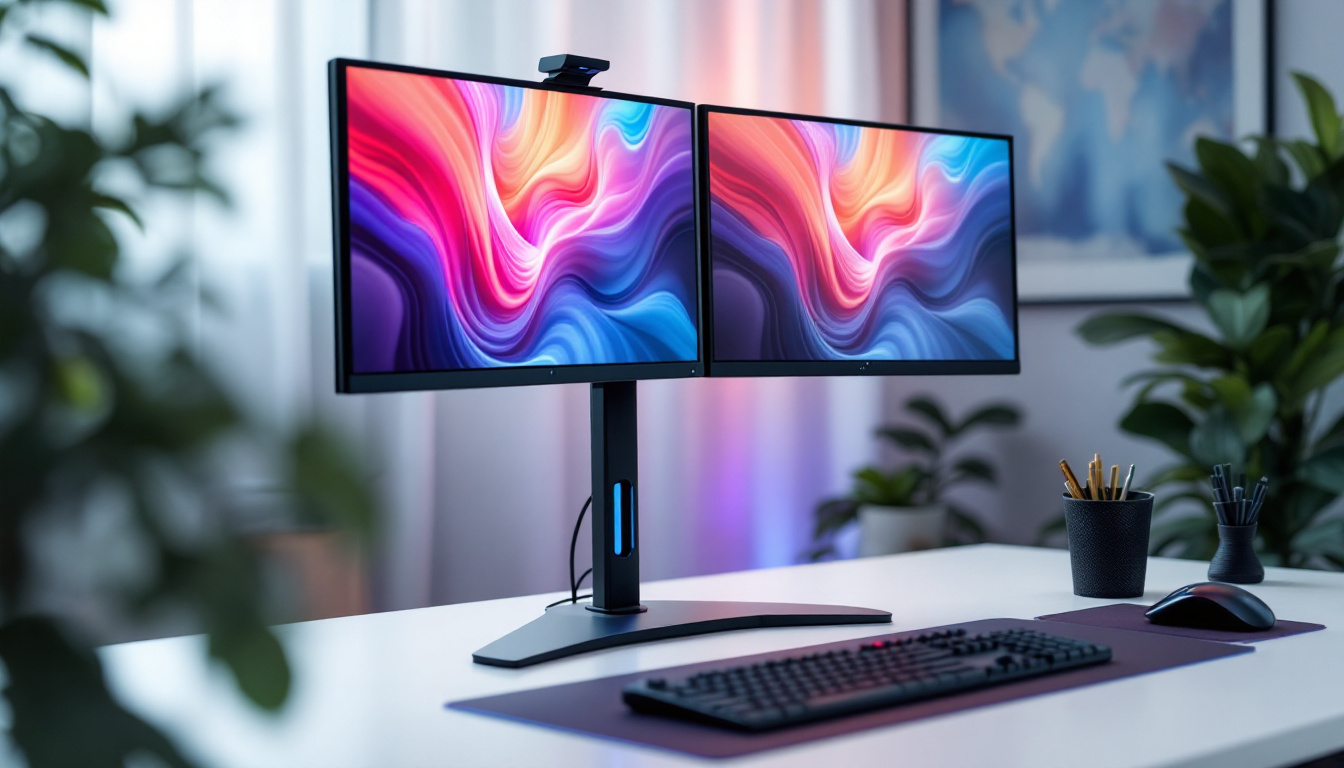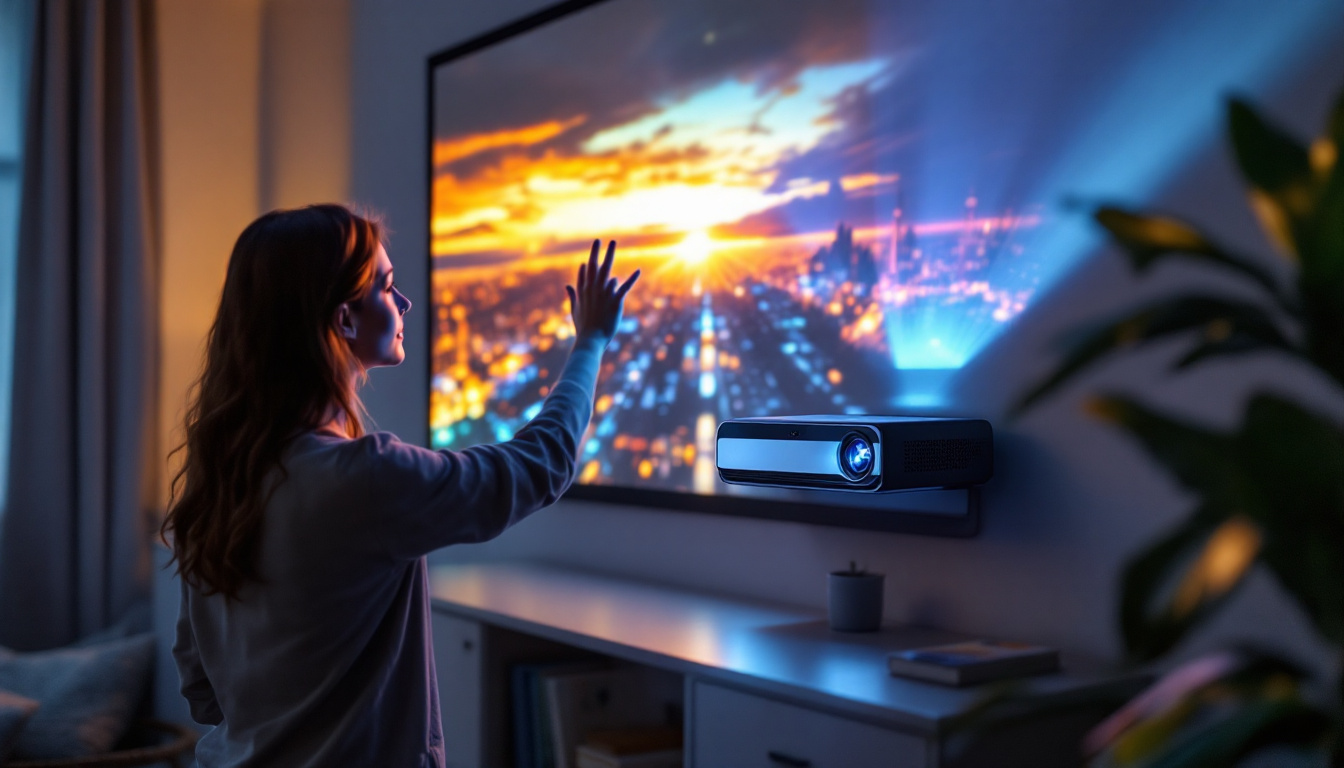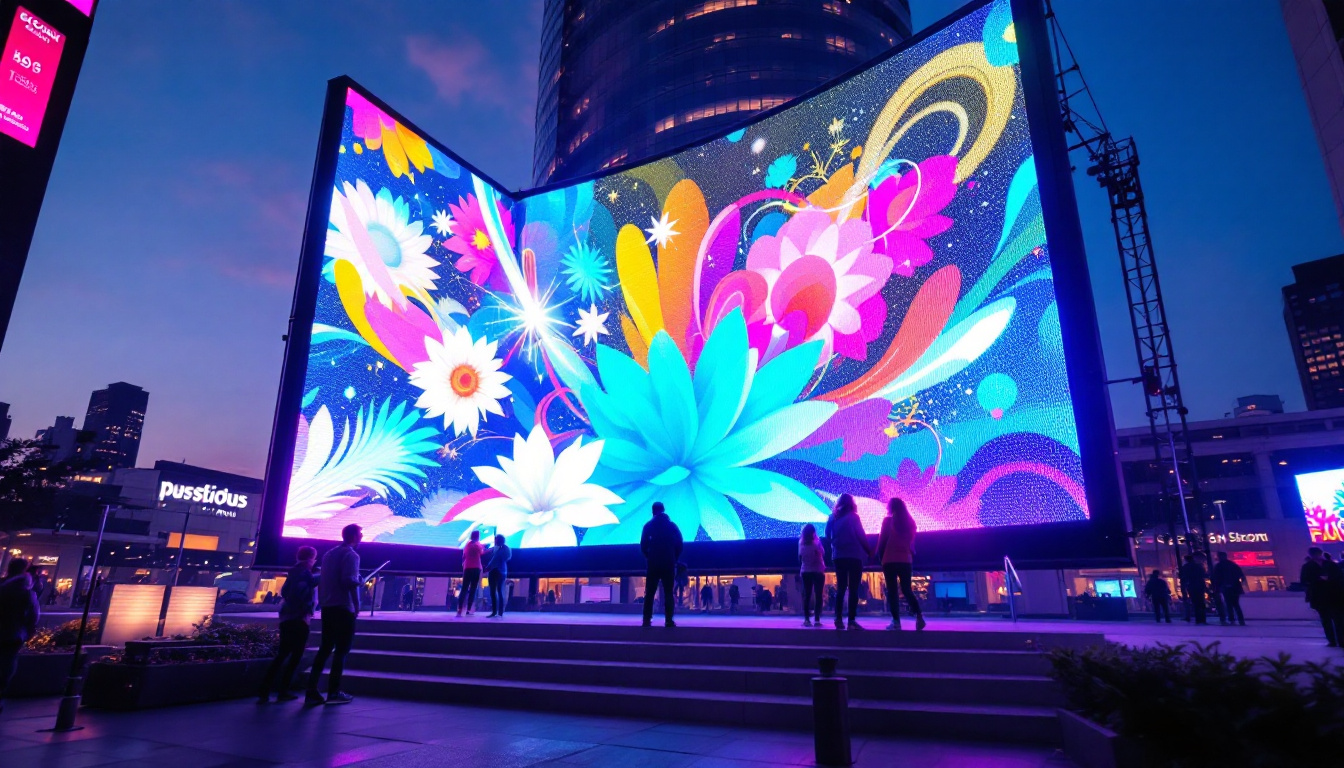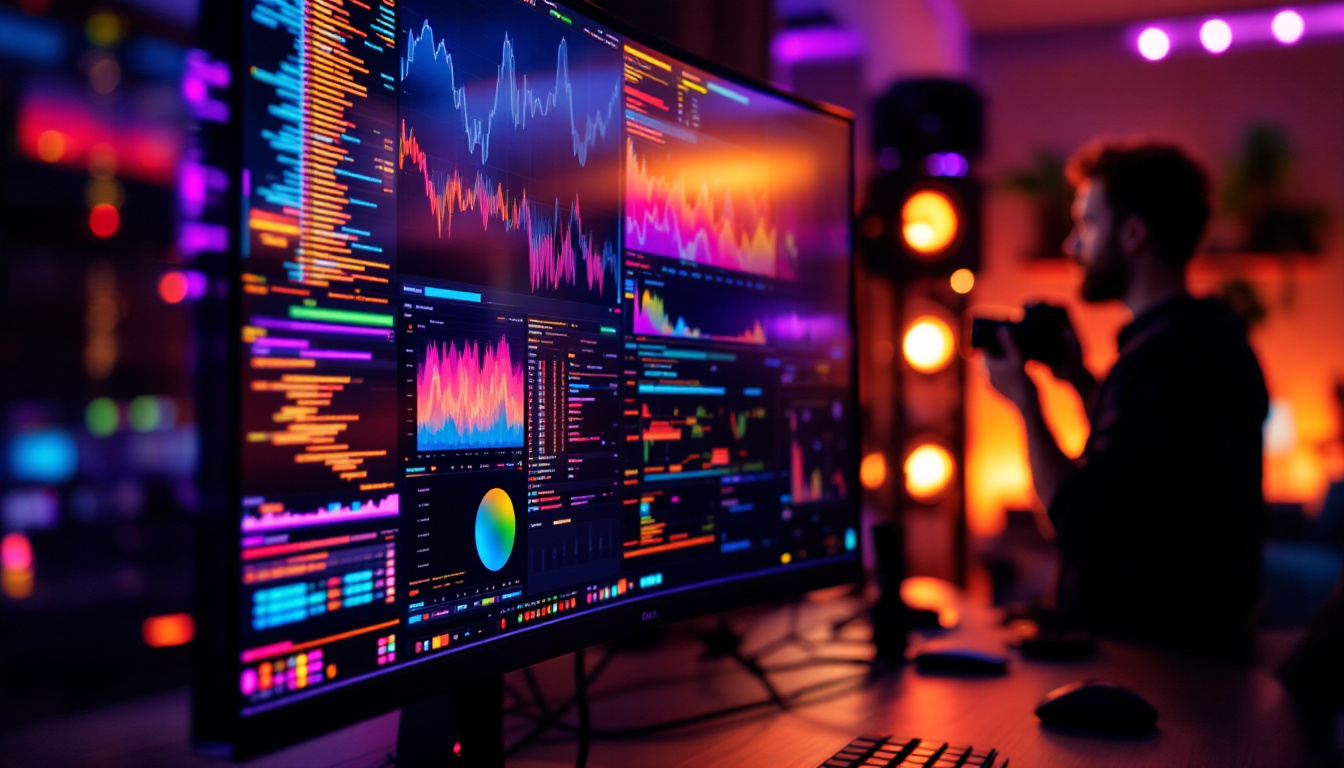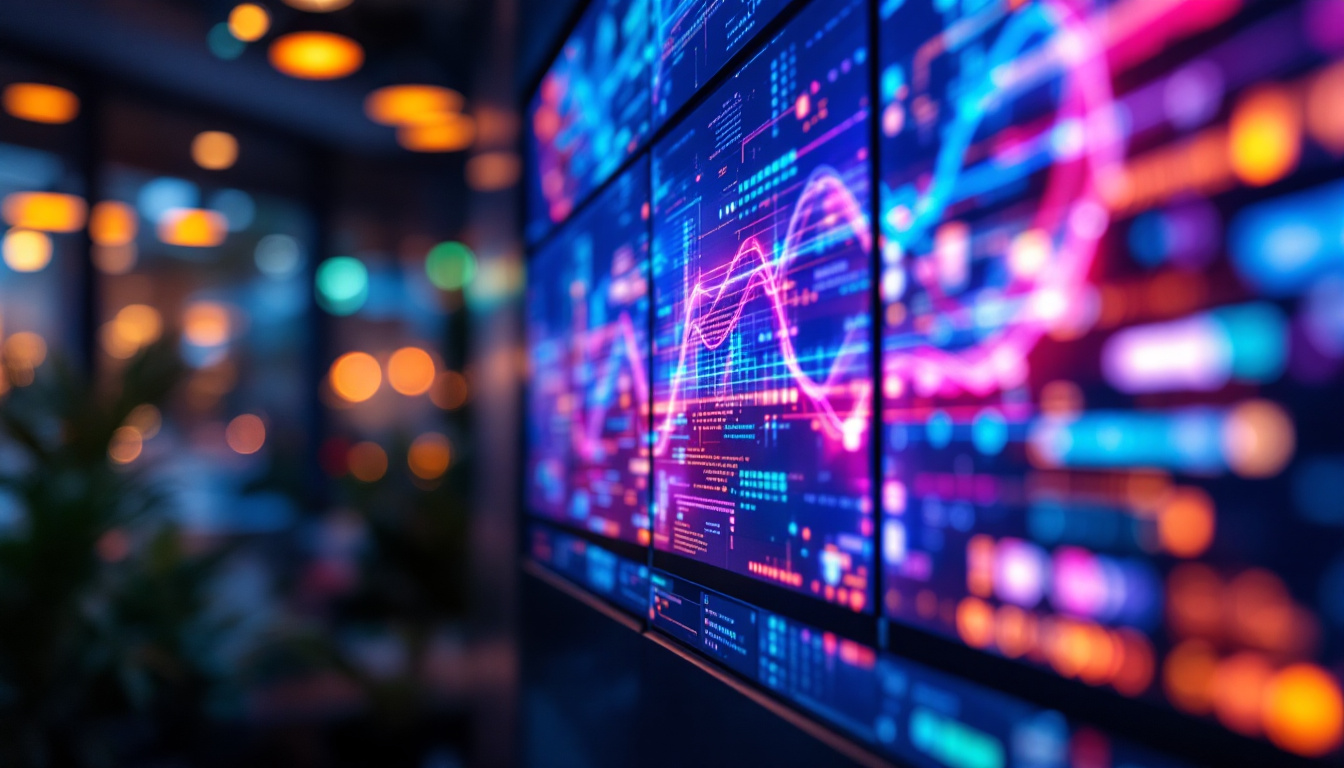In the world of modern technology, LED displays have become ubiquitous, transforming how we interact with information and entertainment. From smartphones to large-scale billboards, the versatility and efficiency of LED technology are evident. This article delves into the intricacies of LED displays, focusing on their functionality, applications, and the significance of the calculation 50000 X .04 in understanding their performance and efficiency.
Understanding LED Technology
LED, or Light Emitting Diode, is a semiconductor device that emits light when an electric current passes through it. This technology has revolutionized the display industry due to its energy efficiency, longevity, and superior brightness compared to traditional display technologies such as LCD and CRT.
How LEDs Work
At the core of an LED is a chip made from a combination of materials that create a p-n junction. When voltage is applied, electrons move across the junction, recombining with holes and releasing energy in the form of photons—this is the light we see. The color of the light emitted depends on the materials used in the semiconductor. For instance, using gallium nitride can produce blue light, while gallium phosphide can emit green light. This specificity in material choice allows for a vast range of colors and applications, from simple indicator lights to complex displays.
LEDs can be combined in various configurations to create displays of different sizes and resolutions. Each pixel in an LED display is made up of red, green, and blue (RGB) diodes, which can be adjusted in intensity to produce a wide spectrum of colors. This ability to mix colors makes LED displays highly versatile for various applications. Furthermore, advancements in technology have led to the development of organic LEDs (OLEDs), which offer even greater flexibility and can be made thinner and more lightweight, paving the way for innovative designs in consumer electronics.
The Advantages of LED Displays
LED displays offer numerous advantages over traditional display technologies. One of the most significant benefits is energy efficiency. LEDs consume less power, translating to lower electricity bills and a reduced carbon footprint. Additionally, they have a longer lifespan, often lasting tens of thousands of hours, which means less frequent replacements and maintenance. This longevity not only contributes to cost savings but also reduces waste, making LEDs a more sustainable choice in the long run.
Another advantage is brightness. LED displays can achieve high levels of brightness, making them suitable for both indoor and outdoor environments. Their visibility in direct sunlight is a critical factor for outdoor advertising and public displays. Moreover, the rapid response time of LEDs allows for dynamic content to be displayed without motion blur, making them ideal for video content and real-time information displays. This capability has led to their widespread adoption in arenas, stadiums, and public transport systems, where clear visibility is paramount for effective communication with the audience.
Applications of LED Displays
LED displays are used in a wide range of applications, from consumer electronics to large-scale advertising. Their versatility allows them to be tailored for specific needs, making them a popular choice across various industries.
Consumer Electronics
In consumer electronics, LED technology is prevalent in televisions, computer monitors, and smartphones. The high resolution and color accuracy of LED displays enhance the viewing experience, making them ideal for gaming, streaming, and professional use.
Smartphones, in particular, have adopted OLED (Organic LED) technology, which offers even better color reproduction and contrast ratios. This advancement allows for thinner devices with flexible displays, paving the way for innovative designs. The shift towards OLED has also enabled features like always-on displays and improved battery efficiency, as these screens consume less power when displaying darker images, making them not only visually stunning but also more energy-efficient.
Advertising and Signage
One of the most visible applications of LED technology is in advertising and signage. LED billboards and digital signage are used extensively in urban areas to capture the attention of passersby. The ability to change content dynamically allows advertisers to tailor their messages to specific audiences and times, maximizing engagement. This adaptability is particularly beneficial during events or promotions, as businesses can quickly update their displays to reflect real-time information, such as special offers or upcoming events.
Furthermore, LED displays can be found in sports arenas, where they are used for scoreboards, advertisements, and instant replays. Their high brightness and clarity ensure that spectators can easily read information from a distance. In addition, these displays often incorporate interactive elements, allowing fans to engage with the content through social media or live polls, thereby enhancing the overall experience and creating a more vibrant atmosphere during games.
Architectural and Decorative Lighting
Beyond displays, LED technology has found its way into architectural and decorative lighting. From illuminating buildings to creating stunning light shows, LEDs offer flexibility in design and application. Their ability to change colors and intensities allows for creative expression in public spaces and events. This has led to the rise of architectural installations that not only serve functional purposes but also contribute to the aesthetic appeal of urban environments, transforming ordinary structures into vibrant landmarks.
Moreover, the integration of smart technology with LED lighting has led to the development of systems that can be controlled remotely, adding another layer of convenience and customization. For instance, smart LED systems can be programmed to adjust brightness based on the time of day or occupancy, promoting energy efficiency. Additionally, these systems can be synchronized with music or events, creating immersive experiences for audiences at concerts, festivals, and public gatherings, thereby pushing the boundaries of how lighting can enhance our surroundings.
Decoding 50000 X .04: The Calculation’s Significance
The calculation 50000 X .04 is a straightforward mathematical expression that yields a result of 2000. However, in the context of LED displays, this figure can represent various aspects, such as energy consumption, brightness levels, or operational costs. Understanding this calculation can provide insights into the efficiency and performance of LED technology.
Energy Consumption
One of the most critical factors in evaluating LED displays is their energy consumption. The figure 50000 can represent the total wattage of an LED display, while .04 could signify the energy cost per watt. Thus, multiplying these values gives an estimate of the total energy cost for operating the display.
For instance, if a display consumes 50000 watts and the cost of electricity is $0.04 per watt, the total operational cost would be $2000. This calculation highlights the importance of energy efficiency in LED technology, as lower energy consumption directly translates to cost savings for businesses and consumers alike.
Brightness Levels
Brightness is another crucial aspect of LED displays. The figure 50000 can also refer to the brightness level measured in nits, a unit of luminance. A display with a brightness of 50000 nits would be exceptionally bright, suitable for outdoor environments where sunlight can wash out less powerful displays.
In this context, the .04 could represent a factor related to the display’s efficiency or performance at that brightness level. Understanding how brightness affects visibility and energy consumption is vital for optimizing display performance in various settings.
Future Trends in LED Display Technology
The LED display industry is continually evolving, with advancements in technology leading to new applications and improvements in performance. As consumer demands change, manufacturers are innovating to meet these needs, resulting in exciting trends for the future.
Mini and Micro LED Displays
One of the most significant trends is the development of mini and micro LED displays. These displays use smaller LED chips, allowing for higher pixel density and improved image quality. This technology enables manufacturers to create ultra-thin displays with exceptional color accuracy and contrast ratios.
Mini and micro LED displays are particularly advantageous for applications such as virtual reality, augmented reality, and high-end televisions, where immersive experiences are paramount. As production costs decrease, these displays are expected to become more accessible to consumers.
Integration with Smart Technology
Another trend is the integration of LED displays with smart technology. Smart displays can connect to the internet, allowing for real-time updates and interactive features. This capability is particularly useful in advertising, where businesses can change their messages based on current events or customer engagement.
Moreover, the integration of artificial intelligence (AI) can enhance user experiences by personalizing content based on viewer preferences. This level of customization is becoming increasingly important as consumers seek more relevant and engaging interactions with technology.
Environmental Considerations
As sustainability becomes a priority across industries, LED technology is also evolving to address environmental concerns. Manufacturers are focusing on creating displays that are not only energy-efficient but also made from recyclable materials. This shift aligns with global efforts to reduce waste and promote sustainable practices.
Additionally, advancements in LED technology are leading to longer-lasting products, which further reduces the environmental impact associated with manufacturing and disposal. Consumers are becoming more conscious of their choices, and eco-friendly LED displays are likely to gain popularity in the coming years.
Conclusion
LED displays have transformed the landscape of technology, offering unparalleled efficiency, versatility, and performance. Understanding the intricacies of LED technology, its applications, and the significance of calculations like 50000 X .04 provides valuable insights into its impact on various industries. As the technology continues to evolve, the future of LED displays looks bright, promising even more innovative solutions for consumers and businesses alike.
In summary, the journey of LED technology is just beginning. With ongoing advancements in efficiency, brightness, and sustainability, LED displays are poised to remain at the forefront of technological innovation, shaping how we experience and interact with the world around us.
Explore Cutting-Edge LED Displays with LumenMatrix
Ready to elevate your visual experience with the latest in LED display technology? LumenMatrix is at the forefront of innovation, offering a diverse range of LED display solutions tailored to your needs. From captivating Indoor and Outdoor LED Wall Displays to dynamic Vehicle and Sports LED Displays, our products are designed to enhance engagement and ensure your message resonates with clarity and impact. Discover the transformative power of LED displays and revolutionize your visual communication today. Check out LumenMatrix LED Display Solutions and join the future of digital signage.

